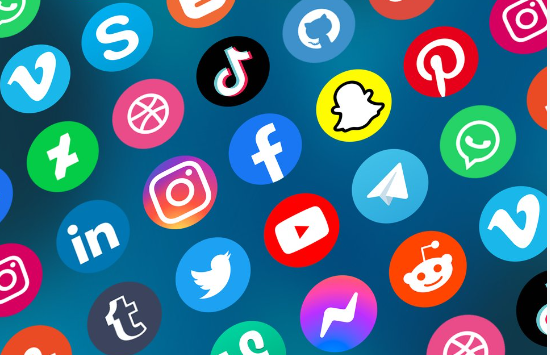The Feminist movement is a constant uphill battle for women
Feminism continues to be one of the most misunderstood words in the English language.
The stereotype persists that a “feminist” is an aggressive, man-hating, scorned woman ob- noxiously lamenting the woes of womanhood from the top of her self-righteous soapbox. When, in reality, a feminist is simply any person who believes in equality of the genders.
If you have ever thought that maybe your mother, sister, or girlfriend deserves to enjoy every right that her male coun- terpart does, then you just might be a feminist, too.
The specific goals of feminists have changed throughout history and will continue to evolve. Historically, feminism can be divided into three “waves,” each movement differing in goals, approaches and reactions over time.
The first wave began in the late 19th and early 20th centuries when women campaigned for equality in marriage, parenting and property rights. The primary focus of this first movement, however, was gaining female suffrage, which culminated in the passage of the nineteenth amendment to the U.S. Constitution.
A renewed movement occurred in the 1960s, which focused on seeking equality for women in both culture and politics. This was a response to the renewed domesticity of females post-World War II, directly challenging the wholesome, put-together, casserole-making housewife stereotype perpetuated by 1950s sit-coms. Feminists in this era made strides for women to freely exercise liberties professionally, sexually, and politically.
The most recent wave, often deemed “modern feminism,” began in the 1990s initially as a response to the shortcomings of the previous movement and to further address ongoing concerns.
Today, feminism addresses an entire slew of issues in- cluding violence against women, discrimination in the workforce, under-representation in government, social discrimination, and sexism in the media.
Women now might be able to get a college education and establish a career, but a feminist’s work is far from over. The 21st century is an age dominated by technology. Advances in communication and the Internet enable information to flow freely and constantly. Yet, the media has proven to be a double-edged sword for feminism.
While the Internet has been a great tool for promoting feminist ideology in blogs, news articles and artistic ex- pression, it continues to bombard both women and men alike with often unrealistic ideas of how women should look, act, and dress.
Modern media glorifies thin, beautiful women while paying little mind to those who exemplify intelligence, talent, and achievement. Magazines idealize airbrushed, retouched, and distorted images of models with anatomically impossible proportions. Much of the music industry paints a highly sexualized and objectified portrait of woman, as well.
Intensely driven by the media, today’s culture places profound emphasis on appearances that causes the value of a woman’s ideas, achievements, and goals to depreciate based on the premise that her looks will always take precedence.
From a startlingly young age, women are exposed to a myriad of advertisements that exploit their personal insecurities, fostered by other media sources. Diet pills to look thin, skin creams to look young, cosmetics to look pretty, billion dollar industries are built on selling women products that promise to make them more acceptable in society.
On the other hand, modern feminists do have some al- lies in the mainstream. Social media outlets like Twitter provide a platform for the modern feminists. Even the UN’s campaign, HeForShe – a solidarity movement for gender equality – launched with its own hashtag and is rapidly gaining support from its online outreach.
Even celebrities – the purveyors of pop culture – have spoken out against the practice of magazines altering their photographs in order to make them look more at- tractive. Actress Jennifer Lawrence and singer Lorde have both publicly spoken of their outrage when efforts had been made to digitally alter photographs of them without their permission. “Remember flaws are ok,” tweeted Lorde after one such incident.
Likewise, efforts to promote body image are on an upswing in mainstream culture. Chart topping hit songs like “All About That Bass“ by Meghan Trainor celebrate embracing oneself regardless of body size.
While encouraging self confidence and a positive body image can help empower women, it is only one step in a long journey. Modern feminists must con- stantly strive to shatter gender roles and stereotypes.
Only after society gets past its preoccupation with how women look, can women fully make an effort to be equal with men – a goal that has yet to be attained.
Women in the work force have come a long way, yet the fact remains that in the U.S. the average women earns 84 cents for every dollar the average man makes. And, on a global scale, only two countries – Rwanda and Andorra – have 50 percent or more of their seats in government filled by women. In other words, governments under-represent half the population of the vast majority of countries in the world.
Modern feminism faces numerous challenges, yet it still has the capability of shaping our culture today and our history forever.










